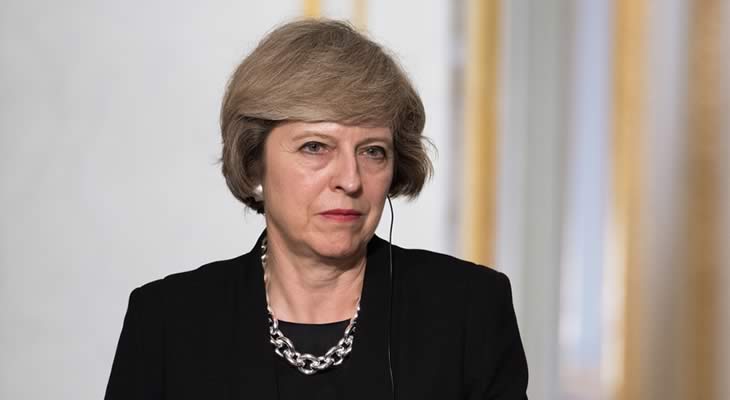The near-term outlook for the Pound Australian Dollar grew increasingly positive today following the latest dovish Reserve Bank of Australia (RBA) rate decision and yesterday’s upbeat speech from UK Prime Minister Theresa May.
GBP AUD Exchange Rates and the RBA Outlook
Acting wholly as expected at its November policy meeting the RBA announced that it will keeping interest rates steady at 1.5%, with an overwhelmingly neutral sentiment present in its accompanying policy statement.
This was predominantly a repeat of what occurred in October, with some optimism expressed towards the labour market and public investment but uncertainty remaining in the outlook for household spending, the housing market and indeed inflationary pressures.
This ultimately leaves the RBA in a sedentary position for the time being whilst it awaits the necessary economic indicators of robust economic growth.
As a result, markets are now confident that interest rates will remain steady for a long time yet, with some economists not even pricing a rate hike until 2019.
Shane Oliver, from AMP Capital shared this sentiment:
‘The RBA remains stuck between a rock and a hard place on interest rates. […] We remain of the view that the RBA will leave the cash rate on hold until a probable rate hike late next year. The risk is that rates won’t start rising until 2019 though’.
Whilst the Bank of England (BoE) has also been deemed dovish following last week’s policy meeting, it is to a lesser degree than the RBA – with the BoE expected to raise interest rates steadily in 2018 to counteract the UK’s soaring levels of inflation.
This essentially positions the Pound as the more attractive option for investors, though it should be stressed that uncertain factors like Brexit negotiations have the potential to swing things swiftly in either currency’s favour.
Business Brexit Apprehensions Cooled – GBP Outlook Grows Positive
UK PM Theresa May attempted to reassure business leaders on Monday by acknowledging the urgent call for clarity on post-Brexit relationships with the EU.
Speaking at a conference for the CBI lobby group, May asserted that Britain can thrive with the ‘right economic foundations, a balanced approach to public spending and the best Brexit deal’.
She also called for people to look to the future of Britain’s economy ‘as rational optimists’, stating that there are ‘huge opportunities ahead’.
The soundbite that assuaged business anxiety to the greatest extent, however, was her referral to the time-limited implementation period and the assertion that she does not intend for businesses and industries to have to face a cliff edge Brexit. May stated:
‘I have made clear that a strictly time-limited implementation period will be crucial to our future success. I know how important it is for business and industry not to face a cliff-edge and to have the time it needs to plan and prepare for the new arrangements’.
This speech temporarily cooled some anxieties on the subject, though exactly how long this will last is debatable, with many businesses currently awaiting some kind of evidence of material, demonstrable progress.
The UK and the EU are due to resume Brexit negotiations on Thursday, if no concrete progress is demonstrated before the week’s end then it is possible that the Pound could come under increasing pressure – especially with a sparse data calendar this week leaving the Pound vulnerable to Brexit related news.
UK Industrial Production, Trade Balance Ahead – Could AUD Take the Lead?
This week is predominantly a quiet one for UK data, with Friday being the only day with a run of notable releases.
Amongst them; the UK’s industrial production figures, manufacturing production, construction output and trade balance readings.
Industrial production is currently forecast to climb from 1.6% to 1.9% in September, though manufacturing is expected to contract to 2.4% from 2.8% and construction output is expected to shrink as well, this time from 3.5% to 1.6%.
If this does materialise then the GBP AUD exchange rate could come under pressure, though with the UK’s trade deficit forecast to shrink from -£5,626 to -£4,600, barring some severely below forecast readings the Pound will likely retain its leadership.


Comments are closed.